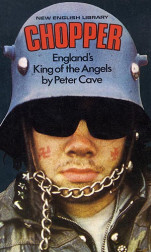
Pulp Fiction Insights
The Background
Pulp fiction began in mass-produced US magazines. Then pulp-orientated paperback houses such as Ace, Dell and Avon, created the mass market for paperbacks that killed off the mags.
The books were sneered at by literary critics but the likes of Mickey Spillane sold millions. A one-time comic book writer Spillane wrote his first detective novel I, The Jury in just nineteen days.
It was published in 1947 and sold six and a half million copies in the USA alone. In 1980, Spillane was responsible for seven of the top 15 all-time best-selling fiction titles in the U.S.
In Britain, pulp fiction author Stephen Frances chalked up hit after hit with his Hank Janson books. They came with lurid American-style titles like Lady, Mind That Corpse, Death Wore A Petticoat, Torment For Trixy and Broads Don’t Scare Easy. They were so popular the establishment tried to ban them.
Then there was Christopher Wood, who wrote Soccer Thug as Frank Clegg, but was better known for his saucy Confessions books – written as Timothy Lea. Starting with Confessions Of A Window Cleaner, they included the confessions of a Travelling Salesman, A Film Extra, A Private Soldier, A Plumber’s Mate, A Private Dick, An Ice Cream Man and A Driving Instructor, as well as confessions from A Health Farm, a Nudist Colony, The Clink etc.
It’s books about youth cults that linger longer in our collective memory, though.
James Moffat – aka Richard Allen – had moved to England in the mid-60s, where he wrote books like Satan’s Slaves under the alias of James Taylor. His agent told him casually that New English Library were in the market for a skinhead book. Moffatt volunteered and a publishing sensation was born.
Seventeen more novels followed and Joe Hawkins got nastier. By 1972’s Skinhead Escapes he was killing cops, carrying out armed robberies and rapes.
Sales went through the roof! NEL looked for other areas of tough male rebellion and hit on motorcycle gangs: Pete Cave’s Chopper and Mick Norman’s Angel From Hell (and three follow-up novels) also sold well, mythologizing the demon biker.
But nothing lasts forever and by 1974, the books’ appeal had fallen off. Moffat killed off Joe Hawkins in an Australian plane crash (Skinhead Farewell), and tried to create less anti-social, even heroic hooligans in books such as Top Gear Skin, Terrace Terrors (ex-skin tackles new generation of soccer yobs) and Dragon Skins (hero Steve Penn takes on Kung Fu villains).
One of the best Moffat/Allen-influenced books was The Kids by Tony Parsons (1976) – whatever happened to him?
Moffat himself diversified into books like Glam and Punk Rock. His last book for NEL was Mod Rule (1980) but sales were down and the game was up. NEL dropped youth cult pulp like a hot chiv. The golden years were over.
Continued on page 33
The Best of Pulp
We asked authors for their Top Five Pulp Titles
Craig Brackenridge
Skinhead – Richard Allen
Soccer Thug – Frank Clegg
The Kids – Tony Parsons
Confessions of a Window Cleaner – Timothy Lea
Saturday’s Heroes – Joe Mitchell
John King
Skinhead – Richard Allen
Confessions Of A Window Cleaner – Timothy Lea
Chopper – Peter Cave
Boot Boys – Richard Allen
Defiant Pose – Stewart Home
Ian Snowball
Who The Hell Is Frank Wilson – Pete McKenna
Human Punk – John King
Awaydays- Kevin Sampson
All About My Girl – Jason Brummell
Skinhead – Richard Allen
Tags: Pulp Fiction

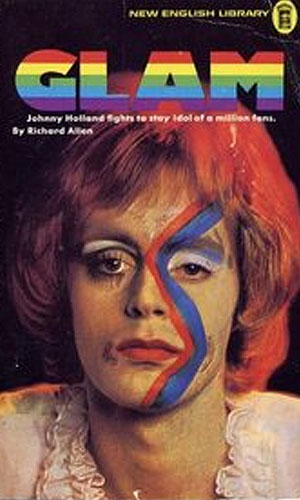
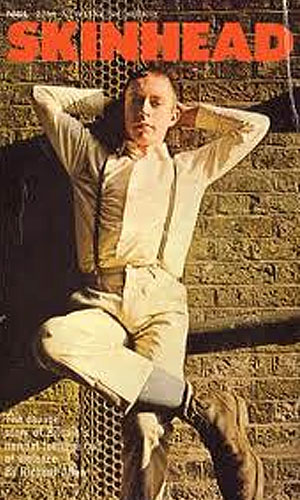
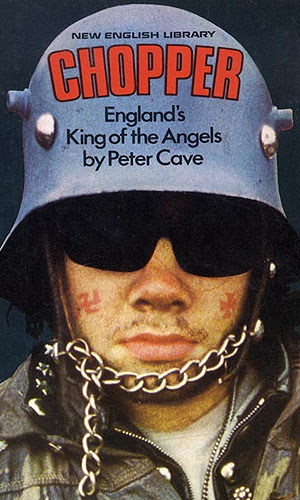
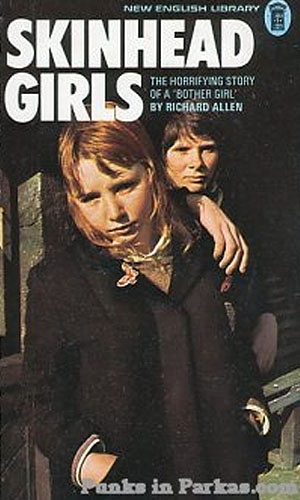
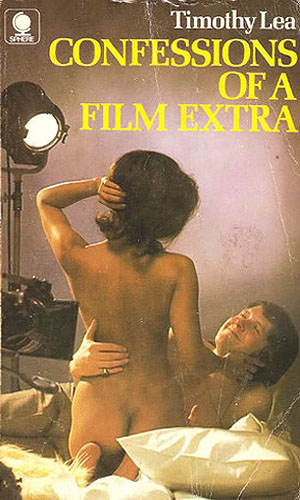
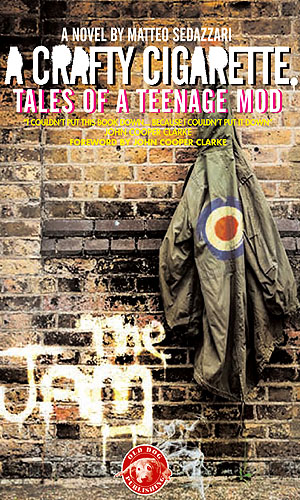
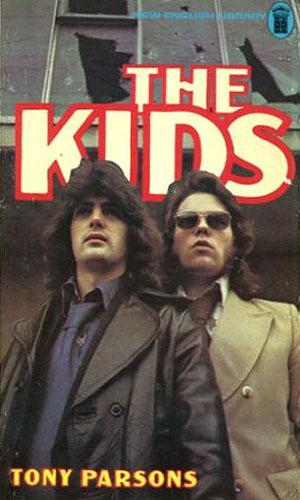




Comments are closed.